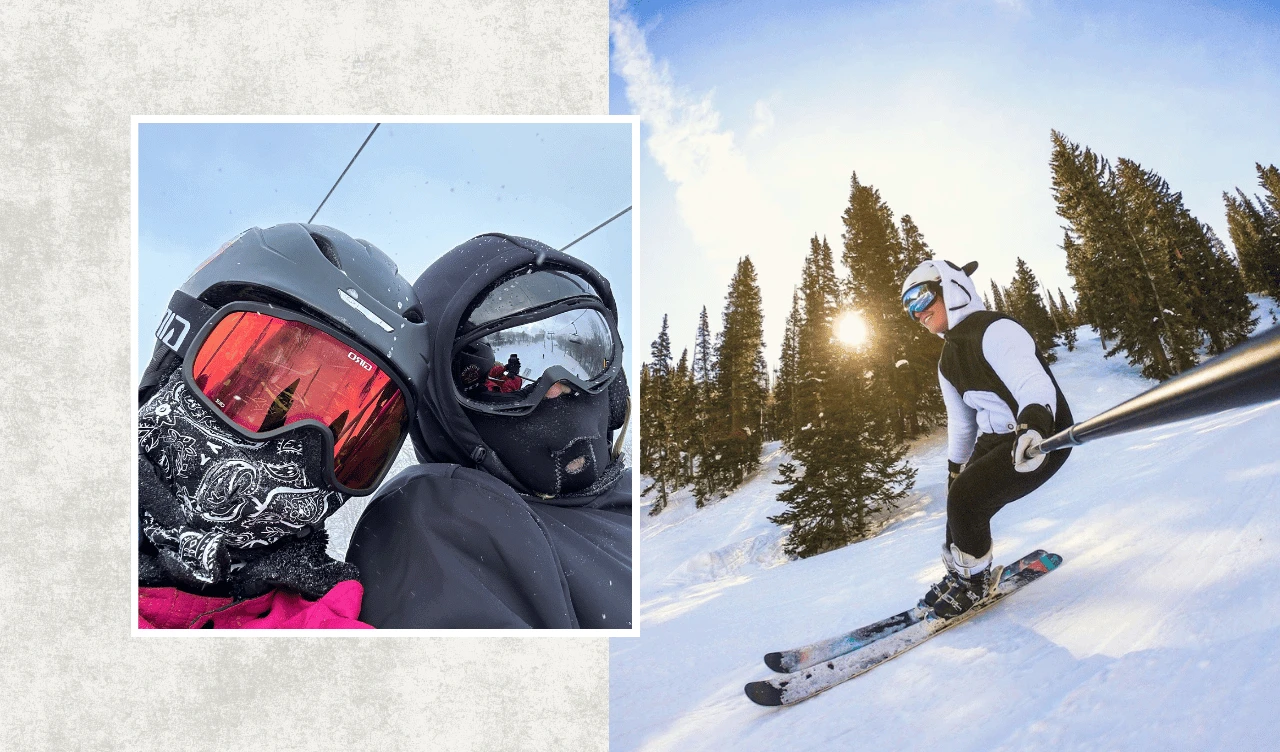
OutdoorMaster Gear Review: Ski Goggles, Backpacks, Helmets & More
Your ski trip deserves more than just “good enough” gear.
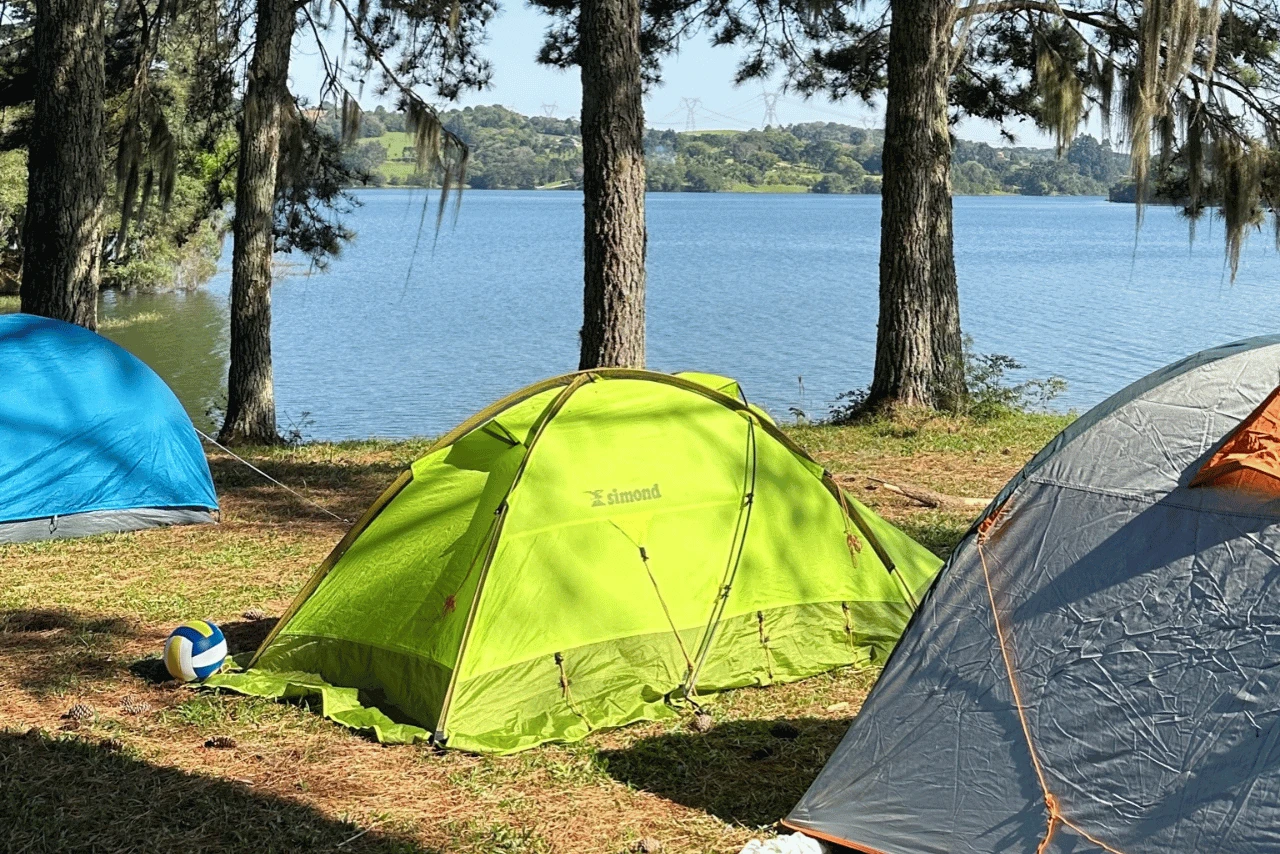
Whether you’re hiking through drizzly shoulder seasons, braving backcountry snowfields, or just don’t trust the weather report (we get it), having one of the best 4-season tents in your pack can be a total game changer.
Most 3-season tents start to fall apart when temperatures drop or gusts pick up—but year-round tents are made to hold strong, giving you the confidence to trek farther no matter the season.
For backpackers who love being outside in every kind of weather, investing in 4-season backpacking gear—especially a reliable shelter—isn’t a luxury; it’s smart planning.
Unlike typical backpacking tents, 4-season tents are built with winter-ready materials, stronger poles, and less mesh to hold in warmth and block snow and wind. They often weigh a little more but offer better protection in extreme conditions. Think of them as the armor you bring when nature decides to go full chaos.
These shelters are designed to withstand snow loads, resist tearing in strong winds, and provide crucial insulation during colder months. Whether you’re camping in alpine zones or setting up at the edge of the treeline, durable tents for hikers mean fewer surprises and more peace of mind.
Here are some of the most trusted backpacking tents for all weather that serious hikers keep in rotation. Each one was chosen for its performance, reliability, and real-world use.
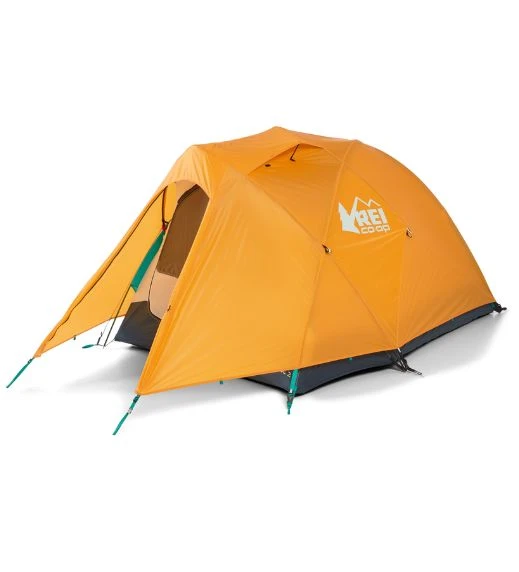
Weight: 6 lb. 5 oz.
REI’s Arete ASL 2 (All-Season Light) balances comfort and durability with a four-pole design and 43-inch peak height. While not built for severe alpine storms, its double-wall build and decent ventilation make it a reliable tent for moderate winter and shoulder-season conditions.
Why it works year-round: Lightweight but strong enough for cold nights, early-season snow, and backcountry ski tours.
Pros: Budget-friendly, decent headroom, solid all-around use.
Cons: Not for high-altitude expeditions.
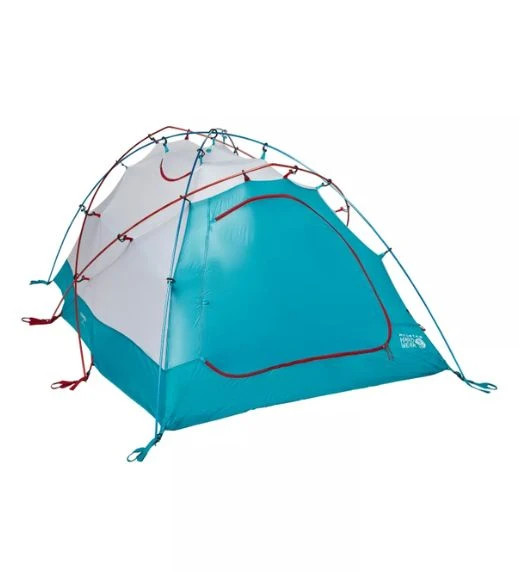
Weight: 9 lb. 7 oz.
A longtime favorite in extreme conditions, the Trango 2 is built to handle serious weather. This double-wall tent offers 40 square feet of living space, two vestibules for gear, and a burly pole structure that stays solid in heavy snow and wind. Its tough 70-denier fly and reinforced guy-out points make it ideal for long stays in alpine basecamps.
Why it works year-round: Warm, stable, and roomy enough to wait out storms in comfort.
Pros: Excellent protection, roomy, built to last.
Cons: Heavy and pricey for backpacking.
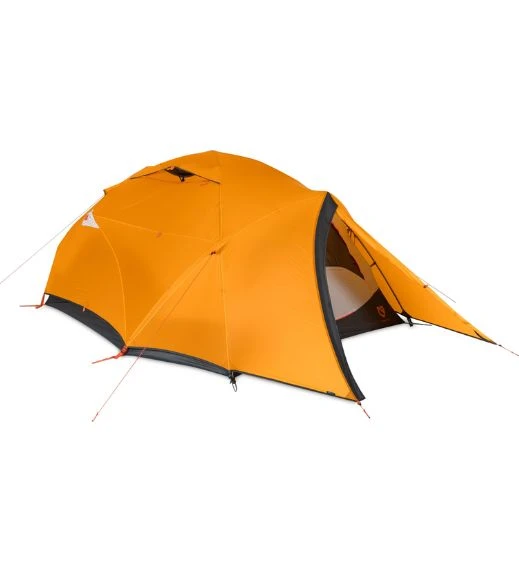
Weight: 5 lb. 10 oz.
Designed for both treeline camping and light winter travel, the Kunai has a convertible canopy that zips open for airflow in warmer temps. The extra pole adds side-to-side stability, and the 43.4 square feet of floor space makes it surprisingly livable for a lightweight shelter.
Why it works year-round: Breathable in spring, protective in snow—truly versatile.
Pros: Great value, convertible ventilation, strong structure.
Cons: Only one door, setup can be tricky in storms.

Weight: 10 lb. 5 oz.
A legend among basecamp tents, the VE 25 is trusted by mountaineers on peaks around the world. With 48 square feet of space, strong poles, and dual vestibules, it’s made to withstand harsh winds and dumping snow for weeks at a time. Interior pockets and hanging loops keep gear organized during long storm stays.
Why it works year-round: A proven shelter for serious conditions with enough room for gear and down days.
Pros: Ultra-reliable, spacious, weather-tested.
Cons: Bulky and occasionally hard to find.
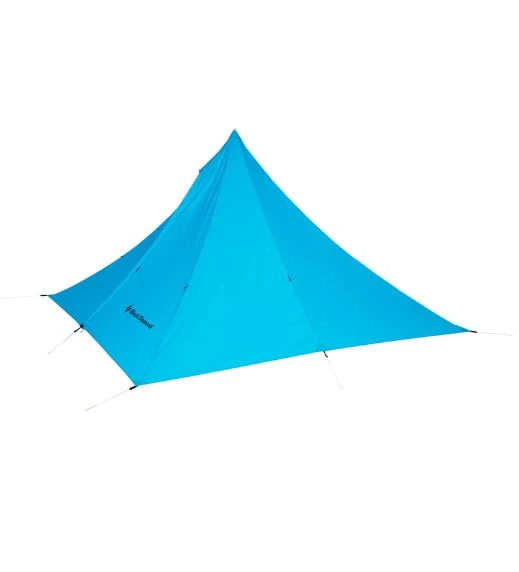
Weight: 2 lb. 13 oz.
This floorless pyramid shelter offers surprising versatility. With a center pole and mid-panel guy-outs, it’s stable in moderate wind and excels as a group cooking or backup shelter. Dig down in snow to add room and insulation, or use it as an ultralight sleeping space in fair weather.
Why it works year-round: Minimalist weight with serious snow-camping potential—perfect for backcountry skiers or thru-hikers with snow travel ahead.
Pros: Super light, multipurpose, fast to pitch.
Cons: No floor, minimal protection in storms.
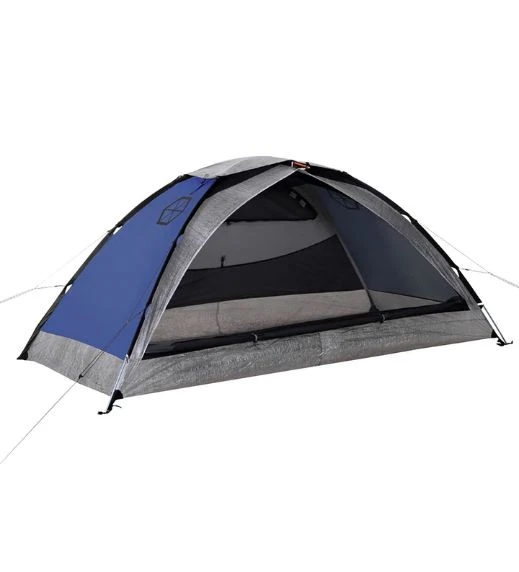
Weight: 3 lb. 5 oz.
One of the lightest 4-season tents on the market, this French-made single-wall shelter uses premium Dyneema for unbeatable strength-to-weight. It features 3-layer Nanovent fabric for breathability and a fully waterproof build. The interior is snug, and the vestibule is sold separately—but it’s ultralight alpinist gold.
Why it works year-round: Designed for summit pushes and technical terrain when weight matters most.
Pros: Extremely lightweight, weatherproof, innovative materials.
Cons: Tight fit, expensive, fragile poles.
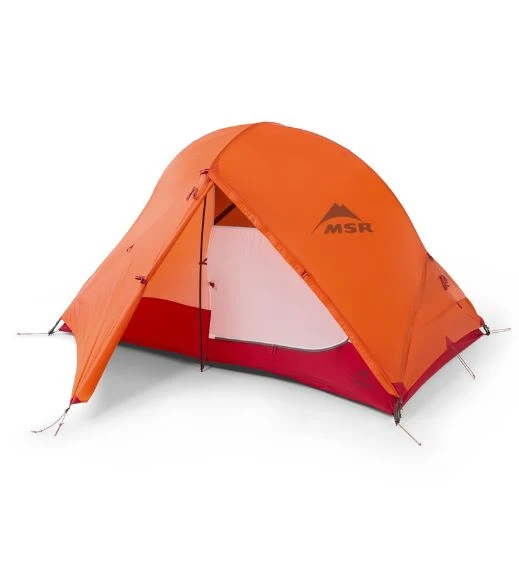
Weight: 4 lb. 1 oz.
This double-wall tent blends lightweight portability with enough structure for moderate snow and cold. It includes two doors, two vestibules, and a symmetrical floor plan, all packed into a sub-5-pound design.
The Access isn’t made for hurricane-force winds, but it shines in stable winter or early spring conditions.
Why it works year-round: Light enough for regular backpacking but warm and protective in snowy shoulder seasons.
Pros: Lightweight, compact, two-door layout.
Cons: Vestibules are small, expensive for its size.
If you love hiking year-round, having one of the best 4-season tents can make all the difference. It keeps you dry, safe, and comfortable through wind, snow, and unpredictable weather. Whether you're heading into alpine terrain or camping through shoulder seasons, investing in quality gear means you're ready for whatever the trail throws at you.